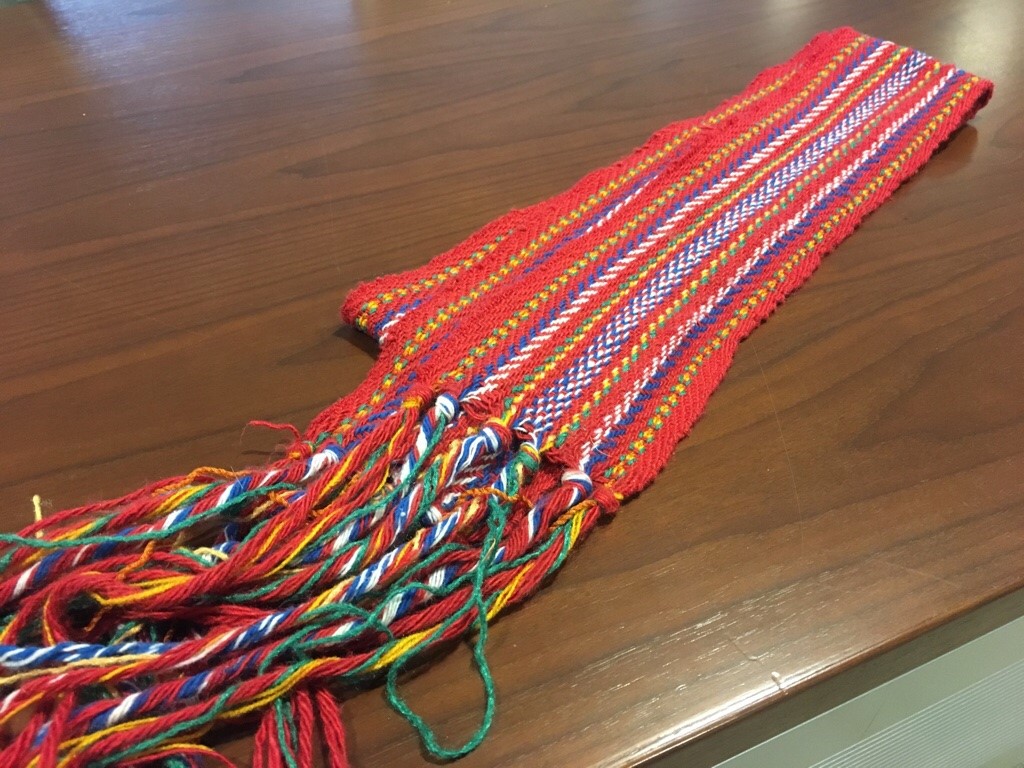As part of many activities the Nuclear Waste Management Organization (NWMO) has planned throughout the month of June to celebrate National Indigenous History Month, employees took part in a lunch and learn on Métis history and traditions.
“It means a lot to me to be able to share about my proud Métis heritage because unlike my ancestors, I am able to share it without facing scrutiny. It is great to see my colleagues eager to learn and understand more about why it means so much to me,” said Rebekah Wilson, Indigenous Relations Associate at the NWMO.
Ms. Wilson and James Wagar, both NWMO employees, provided a personal account of their journey of self-discovery, as well as shared the history of the Métis people, and the distinct culture, collective consciousness and communities that developed along the fur trade routes.
Ms. Wilson’s Métis roots originate in the Georgian Bay region of Ontario with connections to Quebec City (New France). She began her learning journey into her family’s Métis heritage at 16 years old. She recalls, “my grandfather singing to me as a child in a language I had not heard. Now, after discovering my Métis background, I realize the cultural significance, and it means so much more. My grandfather was 80 years old before he started to open up about his Métis roots, and I love being able to carry on his legacy.”
Mr. Wagar, Senior Indigenous Engagement Advisor at the NWMO, was 25 years old before he found out about his Métis heritage. He described it as an “enlightening moment of self-realization of who I was and why my heritage was hidden from me for all these years.” He credits “the Georgian Bay Métis Council for playing a vital role in helping me understand my culture.” For years, his ancestors “hid who they were just so they could feed their family.”
The learning opportunity is one of many activities the NWMO has planned throughout the month of June to celebrate National Indigenous History Month. Other planned activities include the launch of an eight-part video series, titled “Voices of Reconciliation.”
The NWMO is committed to working with the Métis to learn more about how they can effectively participate in Canada’s plan for used nuclear fuel.

